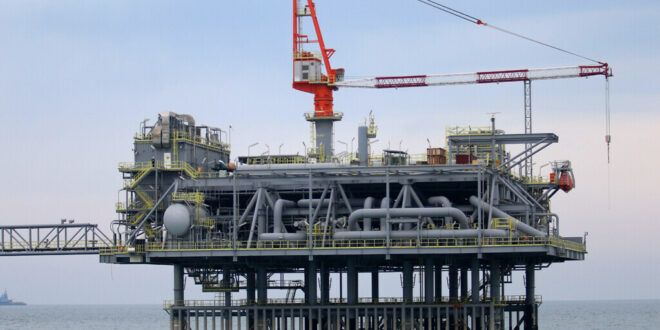With physical markets expected to tighten further on the back of supply constraints and stronger global demand, energy prices might see further upside, benefiting Qatar – one of the largest global exporters of liquefied natural gas.
Middle East’s leading bank QNB expects prices to be well supported in a range of between $90 and $115 per barrel over the coming quarters.
“On the demand side, after several quarters of negative economic growth de-ratings by analysts and international organisations, there is now scope for a more positive outlook. In fact, we expect stronger than previously anticipated economic growth in all major economies over the next couple of quarters, including in the US, Europe and China,” QNB Economics said in a recent report.
Qatar’s budget surplus is expected to widen to 12% of GDP in 2023 on the assumption that oil and gas prices will remain high, an analysis by regional banking group Emirates NBD has shown.
Last year, according to an Emirates NBD estimate, Qatar’s budget surplus may have widened to over 10% of GDP.
Qatar’s budget has benefited from the surge in oil and natural gas prices in 2022, with oil and gas revenues up 67% year-on-year (y-o-y) in the first half of 2022, Emirates NBD said recently.
According to the Ministry of Finance, the budget for fiscal 2023 estimated a surplus of QR29bn. The budget has set spending at QR199bn with total revenue of QR228bn next year.
Qatar’s oil revenue is expected to be QR186bn and non-oil revenue QR42bn this year.
Higher revenue projected for 2023 (QR228bn) has been mainly due to the adoption of an average oil price of $65 per barrel for fiscal 2023 in place of $55 per barrel in 2022.
Higher budget surplus in the first three quarters of 2022 denotes favourable oil and gas prices, which clearly helps Qatar to manage its assets and debts quite remarkably.
Recent data from the Ministry of Finance showed Qatar’s financial surplus exceeded QR77bn in the first nine months of 2022 compared to QR4.9bn during the period in 2021.
Revenues during the first nine months of 2022 reached QR232.6bn, with QR193.9bn coming from oil and gas, and QR38.6bn from non-oil revenues, exceeding the 2021 total revenue of QR193.7bn.
Thrice in the last 10 years, Qatar achieved similarly huge surpluses: 2012 (QR77bn), 2013 (QR106.3bn), and 2014 (QR108.6bn).
At a meeting with editors of Qatari newspapers in Doha in December, HE the Minister of Finance Ali bin Ahmed al-Kuwari said Qatar will use its budget surplus prudently by transferring it to a general reserve account in accordance with the provisions of the State Financial System Number 2 of 2015.
The surplus, HE the minister said, will be used to prop up the new Financial Stability Fund besides bolstering the Qatar Central Bank reserves and reducing public debt.
Recently, researcher FocusEconomics noted Qatar’s public debt will decline over the next three years from 39.9% this year to 38.7% of GDP in 2026.
Next year, the country’s public debt has been estimated to be 40.8% and 39.7% in 2025.
Qatar is already the “most highly rated” country (AA) in the GCC region by S&P.
Moody’s has rated Qatar at ‘Aa3’ and Fitch at ‘AA-‘ , both top ratings.
“Qatar is expected to further improve its ratings on favourable energy prices, abundant resources and prudent fiscal management. Budget surplus will help Qatar retire its debts earlier than expected,” an analyst told Gulf Times.

 Iran Energy News Oil, Gas, Petrochemical and Energy Field Specialized Channel
Iran Energy News Oil, Gas, Petrochemical and Energy Field Specialized Channel



